Asif Noor, the producer of Raakh, shared an interesting story with me, about a train journey, in 1990.
It was during his stint with fashion, when, by his own admission, he did 1,80000 kms in Rajdhani Chair Cars in a single year; during one of these whirlwind tours, while travelling from somewhere to elsewhere, he met a Gujarati trader.
Inevitably, they started talking, and the middle age trader, started sharing ‘thepla’, ‘dhokla’ and dried ‘aachar’. Invariably, they started sharing life-experiences too.
The trader asked him, what does he do for a living?
Asif responded that he was in the garments business – which was true. Asif owned what was probably the first specialty boutique in India called Admit 1 – which opened with a fashion show in the streets of Mumbai. He has some unique credentials in that area – like selling commercially the first ever shirt made by Rohit Bal.
Anyways, he underplayed, and told his fellow traveler that he is into ‘kapde’ ka business.
The Gujarati trader fell silent.
A bit hesitantly, Asif mentioned, “Know what, I have produced a film too. It’s called Raakh – and it features Aamir Khan.”
The Gujarati trader’s mouth fell half open, with a shred of thepla hanging out in awe. He said, ‘You mean the film where Supriya Pathak was standing near the door with the lights gliding over her hair, which then suddenly cut to a big close of her lips…where Pankaj Kapoor turned crazy and attacked a cardboard box…”
For the next couple of hours, much to the glee of Asif, the middle aged trader described the images of Raakh, scene by scene, with detailed mention of the light and shades and tight close up shots.
It turns out that he found the film by chance, when his VHS player conked off, and the mechanic brought this film in VHS tape to test the machine. The trader was intrigued by its visuals, retained the tape, and ended up watching the film 17 times in a row.
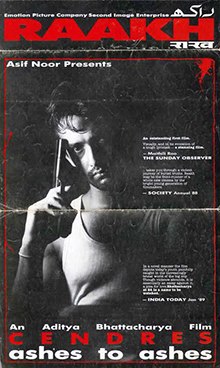
Cut to 2019.
It was just last week I was talking to Tapas Nayak, a much coveted sound designer from the South. When I mentioned Raakh to him, he was really excited.
He was in school when the film came – and he still remembers the flying beer bottle that fell by the side of Aamir after Neeta’s rape scene. He also remembers the tight close up where the charges scrolled over the face of a pimpled Aamir Khan – and the unique voice over based storytelling.
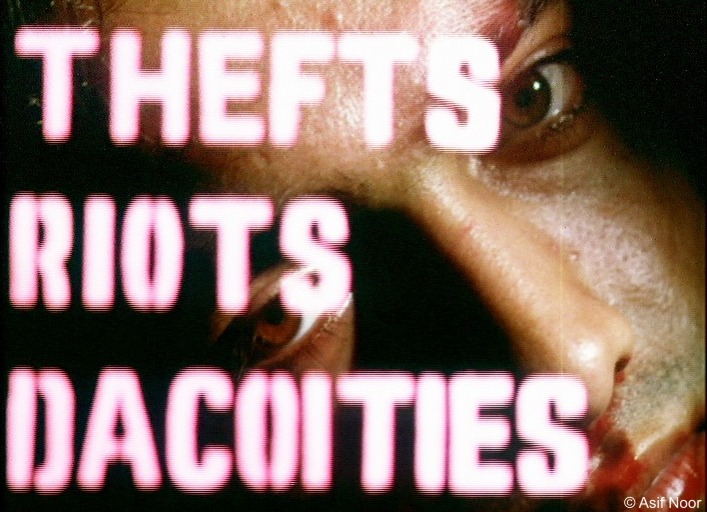
Not much has changed in 30 years.
I think that’s what Raakh is all about. Once you see it, there’s no escape. It will leave an imprint on you, embedded deep within.
For me, it’s because of the atmosphere it created. The staggered editing, the unusual frames, the hard lighting, the overbearing shadows in the compositions, the mechanical soundtrack high on ambience, and the growing up tale of a blabbering 20’s something into a cold-eyed assassin – everything contributed to that ambiance.
This atmosphere was created by a fabulous young team – all of them immensely talented, which they didn’t yet know.
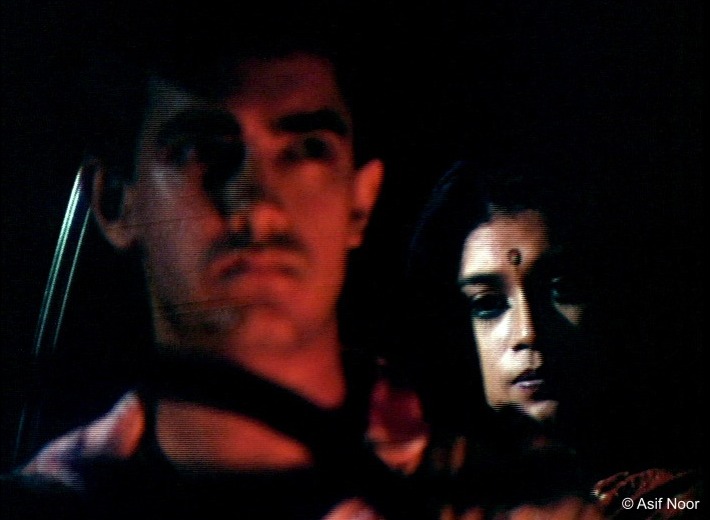
Imagine a crew that consists of Basu Bhattacharya’s 23 year old son Aditya, Tahir Hussain’s 20 something son Aamir Hussain ( Khan), the Sivan brothers (Sangeeth, Santosh and Sanjeev), renowned Kathak exponent Sitara Devi’s son Ranjit Barot and A Sreekar Prasad, the son of noted film editor A Sanjeevi from Hyderabad – all held up together in creating a storytelling style that has never been attempted before in India.
All from known film families and each eager, at that stage, about how to limit and channel their brimming enthusiasm about cinema. Their collective frustration about the usual ‘formula’ films seems to have found an expression in Raakh.
Asif Noor did feel like the odd one out.
When I met him, it felt just right to ask him, how did he end up producing Raakh? What was ‘his’ filmy connection?
Sometimes, it often happens with creative people, that while in the process of creation, they continue to discover new expressions. Most good films, at least the long lasting ones, do not stick to the format. I believe most of the enigmatic and adhesive scenes in Raakh emerged from impromptu emotions, rather than scripted carefully.
But I can’t be sure about that.
Some scenes, like when Pankaj Kapoor holds Aamir by his collar and pulls him out of the police station, and interrogates him against glaring lights – that can’t be unplanned.
The film feels almost like a live strings duet between Santosh Sivan and Sreekar Prasad, with Aditya playing the bass, and Ranjit Barot on the synth.
Tight close ups of characters with stationary camera followed by raucous chase and shootouts; the distressed mill where Aamir takes shelter with rabid glimpses of the urban underbelly; everyday spaces getting transformed with extended unusual shadows, hard lights, and innocuously warm colors pitted against saturated dark shades, reflections and mirrors and broken images strewn throughout the film.
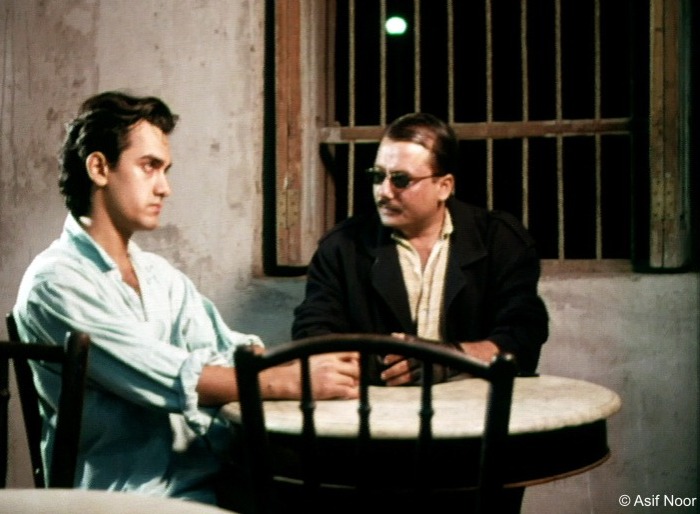
See that window in the backdrop… at least two trains cross over during the course of the conversation.
The awkward sound mix creates an uncanny realism.
And the acting – well what can I say about that; the understated anxiety and sudden bursts of emotion displayed by Amir Hussain and the cold yet agile gradual transformation of PK, a cop descending into helpless madness – are the perfect foils to each other. As both the characters get deeper into the chasms of their own death wish – the images seem to become stable, and the lights less dramatic.
Now all of that can’t be unplanned entirely.
There’s a definite method in this on-the-surface craze; it would be wrong to comment on it unless we get to know it from the creative team – in unison.
That’s a pipe-dream for me, as of now – and a big one.
But I can always ask Asif Noor how the original team came together.
Well, that isn’t enough Asif.
I promised my readers that I will give them some inside dope about how all these people came together, so give me some more of it. Much has been written about the creative brilliance of Raakh, but for me and my young readers, we would rather like to know a bit more about the back-stories of these ‘then-young’ people.
As far as eight times National Award Winning editor Sreekar Prasad is concerned, he does have a host of memories around ‘Raakh’ – some of which he shared in my blog post with him a few weeks back.
I just have to add something here, as an update. A day after I posted this blog, Nakul Kamte, the iconic sound-designer from Mumbai, told me that he was also part of the Raakh team. He recorded and mixed some pieces for Ranjit Barot – for the film.
So many memories; no wonder the ashes are still smouldering…
That’s all for the day, my readers.
Life gives you unexpected opportunities – and choices to make. What you do with them defines your being.
The entire young unit of Raakh came together and decided to swim against the tide. The dystopian gangster-noir world they set-up in unison created a genre of its own – etching a drifter-diction – that was previously un-attempted in Indian cinema.
Remember, Raakh was before Parinda, and much before Satya.
For me, I would definitely like to know more about the idea of Raakh.
Not just because it’s a film with cult following; but more because it feels even more personal today; because Raakh is like the fear within me that keeps returning.
It’s like the poem I want to forget, but can’t.
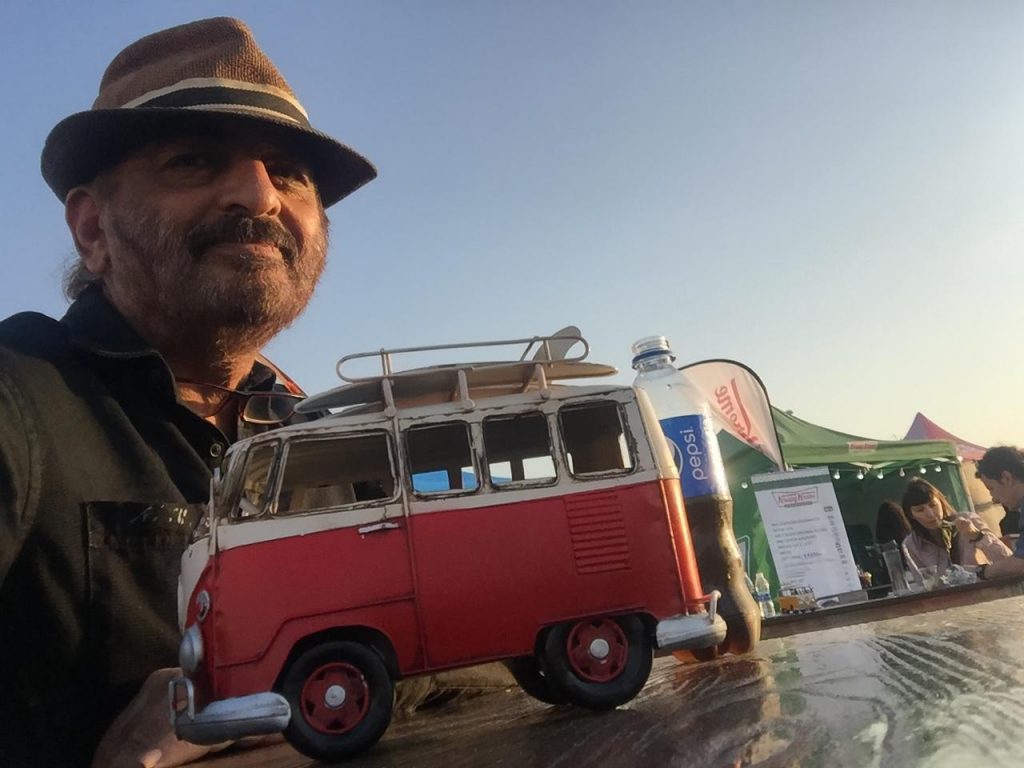
He is based out of UAE currently, and this image is from a recent event at Studio City Dubai.

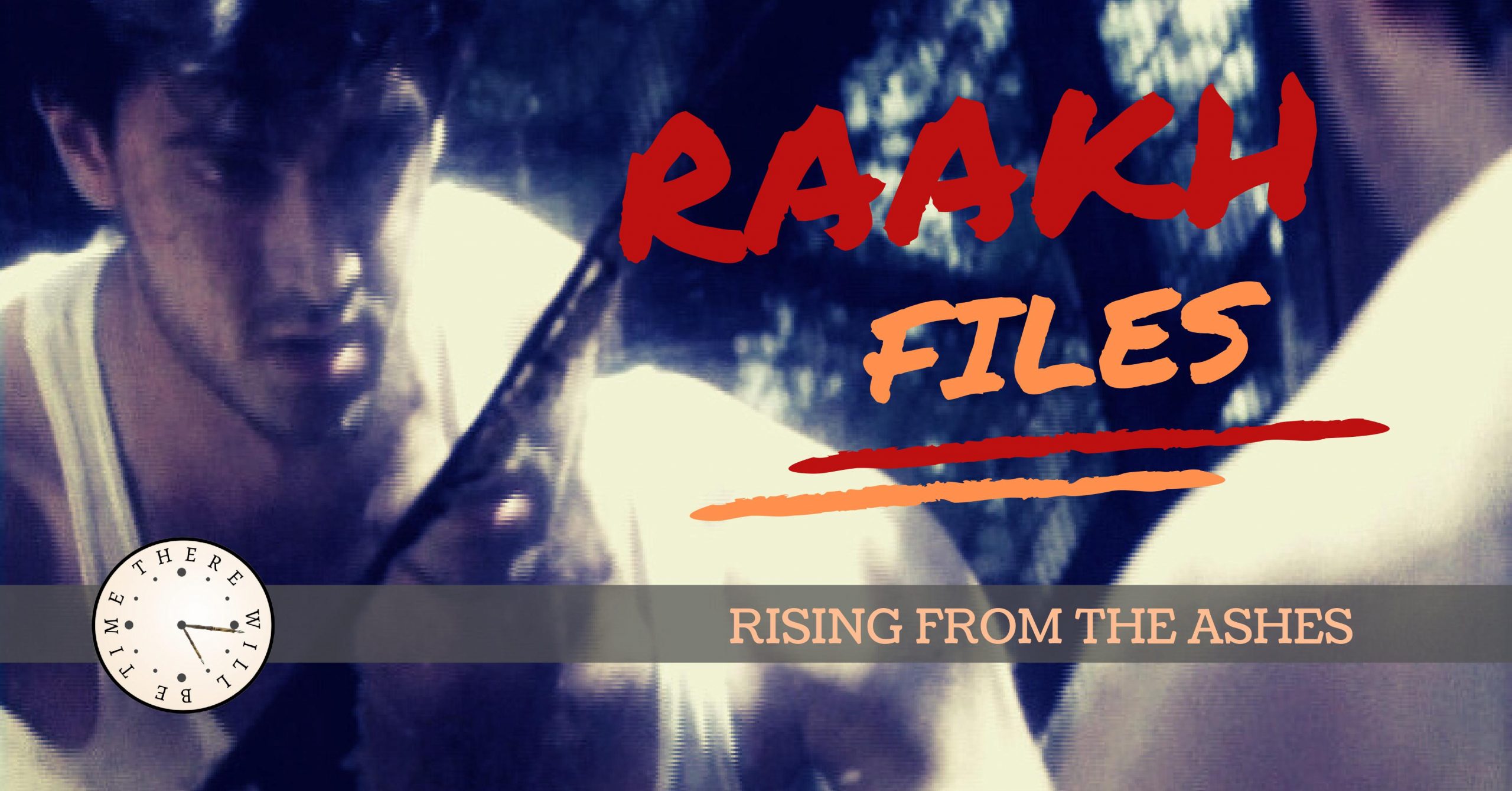
Wonderful reading about a film I remember so vividly and so liked it when I watched it in a stand alone cinema hall years ago. Interesting to know about all behind it.
Hoping to know more soon Nishi.
Very nice balance of poise and speed— the presence of the writer mostly as an observer is quite attractive… Fascinating overall
Thanks Gautam. You are too kind when it comes to my articles.
Absolutely brilliant… Anirban… Let me tell you…there will be time…just wait and watch….big professionals will send request to publish their stories… You have the gift of story telling … God bless you….
Wow Sanjay. That’s so nice of you.
Wish RAAKH were available to watch on any of streaming platforms of today. There is an entire generation ot viewers that need to be exposed to it.
I so agree to you. It’s on you tube, but the quality is bad. I think Asif is trying to put it to OTT platforms. It will happen soon.
Very nice to read and to recall. I had seen the the first cut without the audio.
Are you by any chance the poet and educator Saleem Piradina? If so, my respects. Even otherwise…thanks for commenting, and recalling the film.
Well I felt pretty nostalgic when l read of this film. It has always been my most favourite Aamir Khan movie . Unfortunately, the film has never been much spoken of. I feel that it is the best specimen of Aamir’s potential as an actor, though contrary to his chocolate-boy image in his contemporary films . Ghazini. a much later production on an allied theme of revenge, borders more on bloodshed , vengeance and violence. Felt really happy that you have paid a nostalgic tribute to the film. I feel till today that the film has never received it’s due appreciation.
Yes. I am pretty nostalgic about it too. It released when I was in college, first year I think. I remember watching it in Globe. Shook me. Thanks for your comment Sarmistha…
Thank you for this. One of the early gritty gems. Learnt so much. Aditya Bhattacharya not doing much more of this kind is such a miss.
Thank you for the ride back.
I want to ask Aditya that question too, if and when I meet him. Thanks for commenting Anirban.
Thanks for sharing your thoughts about raakh. Regards